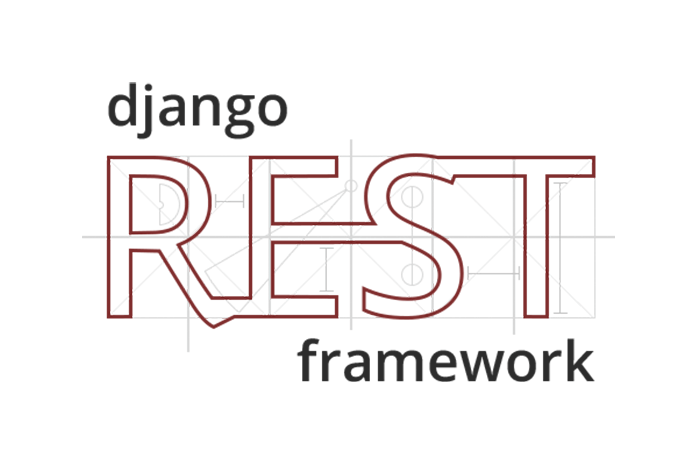Build a Django RESTful API

Section Overview
- Setup.
- Create the django project and application.
- Model and database.
- Access to the data.
- Conclusion.
Together, we’re going to build the back-end for a “To Do” application. We write and deploy a RESTful API service. The APIs allow you to Create, Read, Update, and Delete (CRUD) a task. The tasks are stored in a database and we’re using the Django ORM (Object Relational Mapping) to deal with the database management.
Section 1. Setup
Create a Python 3 virtual environment.
$ mkdir todoapp
$ cd todoapp
$ python3 -m venv .venv
$ source .venv/bin/activate
Install the dependencies.
(.venv)$ pip install djangorestframework django
DRF(Django REST Framework) is a framework that create RESTful CRUD APIs and gives useful features.
Section 2. Create The Django Project And Application
$ django-admin startproject todo_app
Create the app in project.
$ cd todo_app
$ django-admin startapp todo
Let’s add rest_framework and todo to the list of INSTALL_APPS in the project’s settings.py.
todoapp/todo_app/settings.py:
INSTALLED_APPS = [
'django.contrib.admin',
'django.contrib.auth',
'django.contrib.contenttypes',
'django.contrib.sessions',
'django.contrib.messages',
'django.contrib.staticfiles',
'rest_framework',
'todo',
]
Section 3. Model And Database
By default, Django uses the SQLite database management system.
todo_app/todo/models.py:
from django.db import models
class Task(models.Model):
STATES = (('todo', 'To Do'), ('in progress', 'In Progress'), ('done', 'Done'))
title = models.CharField(max_length=255, blank=False, unique=True)
description = models.TextField()
status = models.CharField(max_length=4, choices=STATES, default='todo')
Now create the database migration script that Django uses to update the database with changes.
$ python manage.py makemigrations
Then you can apply the migration to the database.
$ python manage.py migrate
Section 4. Access To The Data
Section 4.1 Creating a Serializer
Serializers are used to deserialize JSON or other content types into the data structure defined in the model.
Let’s add our TaskSerializer object by creating a new file in the project todo_app/todo/serializers.py:
from rest_framework.serializers import ModelSerializer
from todo.models import Task
class TaskSerializer(ModelSerializer):
class Meta:
model = Task
fields = '__all__'
We’re using the generic ModelSerializer from DRF, to automatically create a serializer with the fields that correspond to our Task model.
Section 4.2 Creating a View
The ModelViewSet provides the following actions on a data model: list, retrieve, create, update, partial update, and destroy.
Let’s add our view to todo_app/todo/views.py:
from rest_framework.viewsets import ModelViewSet
from .models import Task
from .serializer import TaskSerializer
class TaskViewSet(ModelViewSet):
queryset = Task.objects.all()
serializer_class = TaskSerializer
Section 4.3 Creating a Router
The DRF DefaultRouter takes care of mapping actions to HTTP Method and URLs. Add the following to todo_app/urls.py:
from django.conf.urls import include, url
from django.contrib import admin
from rest_framework.routers import DefaultRouter
from todo.views import TaskViewSet
router = DefaultRouter()
router.register(r'todo', TaskViewSet)
urlpatterns = [
url(r'admin/', admin.site.urls),
url(r'^api/', include((router.urls, 'todo'))),
]
We’re mapping all the router URLs to the /api endpoint. DRF takes care of mapping the URLs and HTTP methods(list, retrieve, create, update, destroy).
Section 4.4 Running the application
$ python manage.py runserver
- Now we can access the application at the following URL:
http://127.0.0.1:8000/api/ - Listing or creating tasks, using the following URL:
http://127.0.0.1:8000/api/todo - Updating/deleting an existing tasks with this URL:
http://127.0.0.1:8000/api/todo/1
Section 5. Conclusion
In this article you’ve learned how to create a basic RESTful API using the Django REST Framework.